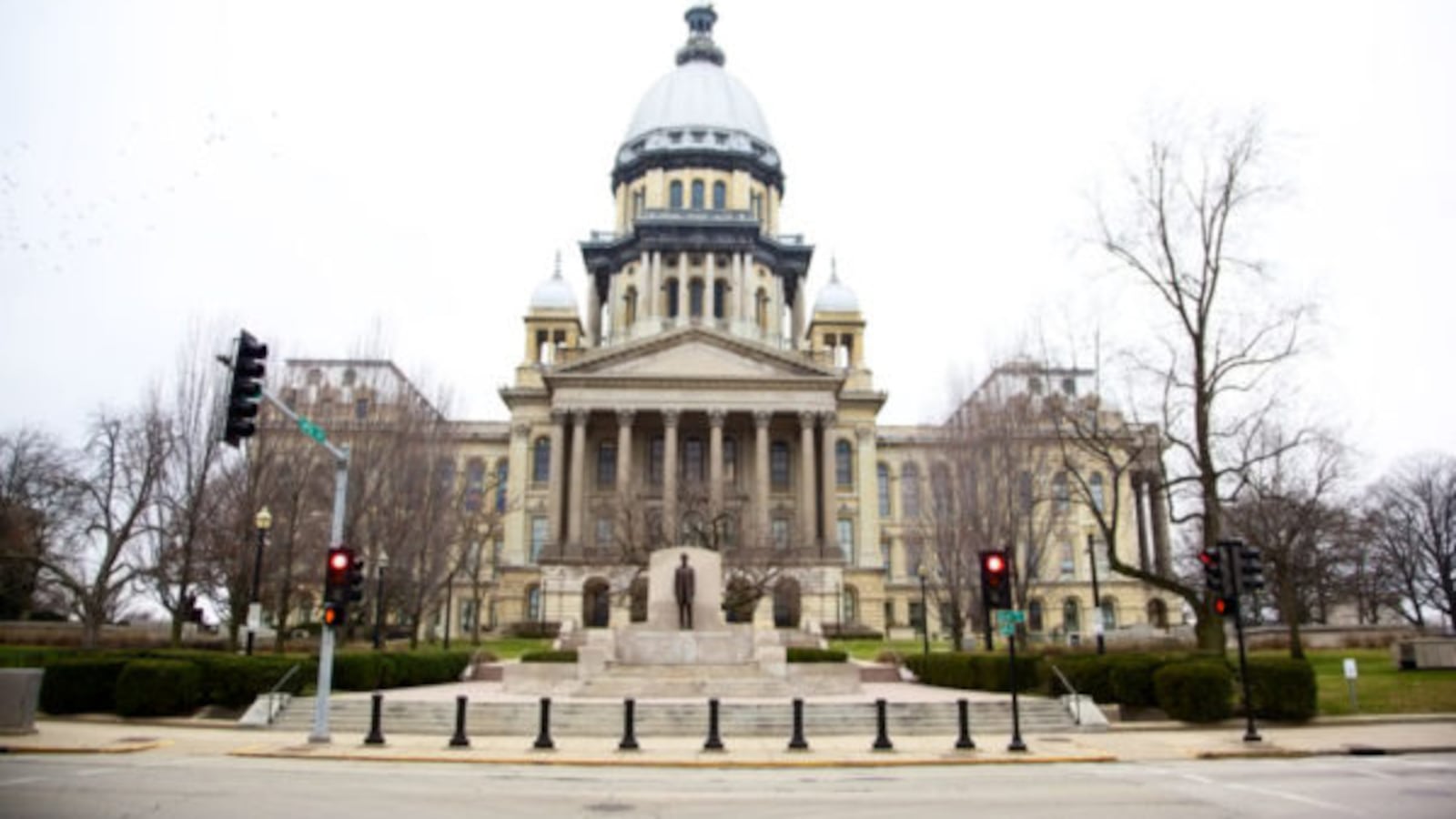It may not be the biggest state, nor the one with the most students, but Illinois leads the nation in school district spending on administrators. Even amid a looming statewide financial crisis, the state’s 852 districts spent more than $1 billion in fiscal year 2016, the most in the nation, according to a newly released analysis.
A report from the Metropolitan Planning Council analyzed administrative spending in Illinois and compared it with other states.
“There is a lot that the state can do to more effectively spend its money to educate children,” said Adam Slade, a researcher with the council.
Illinois also spends twice as much per pupil on school administration as the national average — $544 in Illinois to $226 nationwide. Measured per pupil, that is the third highest rate in the country, nearly double New York at $349 and nearly five times as much as California, where admin costs are $95 per student.
Not only do most districts spend a lot on administration, Illinois has 852 districts, more than many other states. About one-quarter of those districts operate only one school. Roughly 4 percent serve fewer than 100 students.
The reasons for that are complicated, says Josh Ellis, vice president of the council. Some rural school districts in Illinois serve sparsely populated areas with few students. Historically, some school districts were formed as a tool to to enforce racial segregation.
In Illinois, Ellis said, “It’s been historically easy to create another unit of government.”
The Metropolitan Planning Council argues that this multitude of districts isn’t the most efficient. It points out that districts with more students tend to spend less per capita on administration. Chicago Public Schools, for example, spends $349 per student on administration still above the national level but below the statewide average of $544.
The council suggests that districts share administrative services and even superintendents, based on geographic proximity and the needs of students.
That’s already happening in some places. Most recently, the town of Paw Paw in western Illinois voted to deactive its school district. Its 50 students will stay in their schools, but will be educated by another, neighboring district.
Illinois administrative spending per student has risen 5 percent since 2014-15, when the policy group pegged it at at $518 per student. At that time, Illinois’ overall statewide spending on administrative costs was still more than $1 billion.
The comparatively high administrative costs strains school budget. Education advocates hope to move more money move into classrooms. On the state level, Gov. J.B. Pritzker is lobbying hard for a graduated income tax that would increase the tax rate for higher earners, but he has to convince the legislature to amend the state constitution to do so.
Separately, legislation moving through Springfield that would allow voters to force schools boards to consolidate to save resources by sharing top administrators. Currently, a local district has to pass a resolution to make this happen.
For Slade, consolidating districts is one way to change the fiscal situation of education in Illinois, without the political buy-in or lobbying needed for major fiscal reform bills.
“The normal paralysis we have in elected government to change or modify how we provide services is an illusion, there are very specific steps we can take to put our children first,” said Slade.

